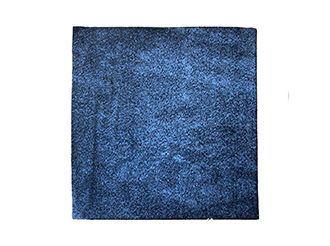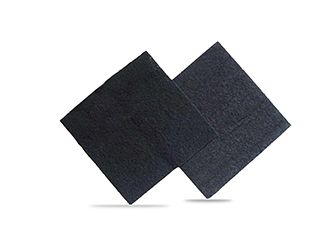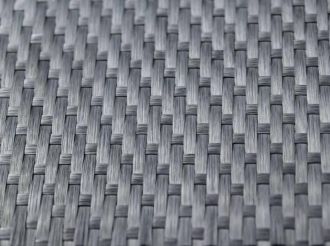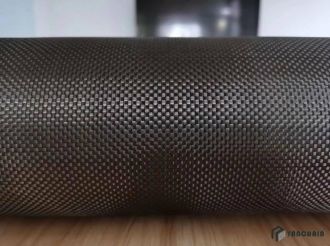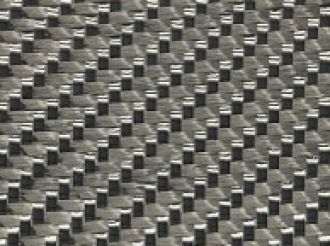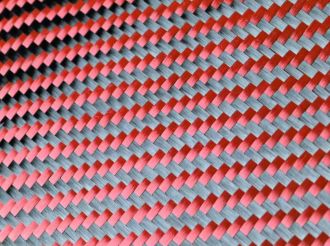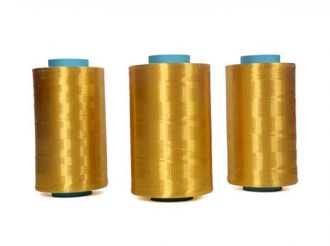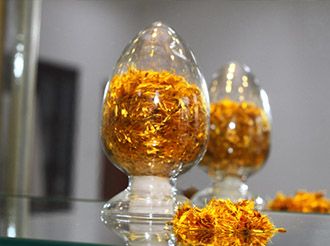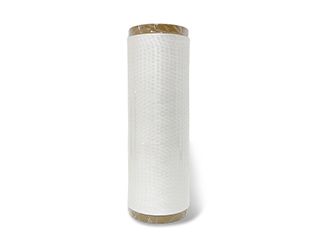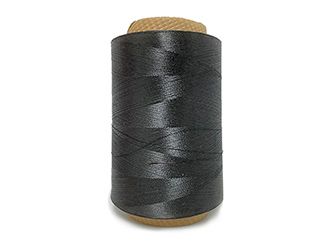Aerogel: Analysis of the "Heat Insulation" Industry Chain
- 2022-12-08
Aerogel is currently known as the solid material with the lowest thermal conductivity and the lowest density. It has a long service life, super heat insulation performance, and super high fire resistance. It is known as "the magic material that changes the world". It is also known as "blue smoke" because it is as light as a mist and has a bluish color.
Due to its super heat insulation and other properties, it was mainly used in aerospace, military and national defense fields in the early stage, and then gradually expanded to petrochemical, industry, construction, transportation, daily use and other fields; in electrode carrier materials, catalytic materials, sensing materials, nano Sterilization materials, drug release and many other emerging fields have been extensively studied.

At present, the downstream of aerogel is concentrated in the thermal insulation of industrial pipelines, such as oil and gas projects, industrial thermal insulation, and building construction thermal insulation. At the same time, it will bring technological changes to the fields of new energy vehicle battery thermal insulation.
According to the data of the China National Chemical Industry New Materials Industry Development Report, the global aerogel market size will be approximately US$870 million in 2021, and is expected to reach US$3.743 billion in 2030, with a compound annual growth rate of approximately 17.6% in the next 10 years.
In terms of new energy vehicles, aerogel can effectively solve the problem of heat preservation of lithium iron phosphate batteries in low temperature environments and the problem of thermal runaway diffusion of ternary batteries in high temperature environments, and is the preferred material for heat insulation of lithium batteries.
According to ID TechEx data, the revenue share of aerogel in the construction and battery pack market will grow rapidly in the future.
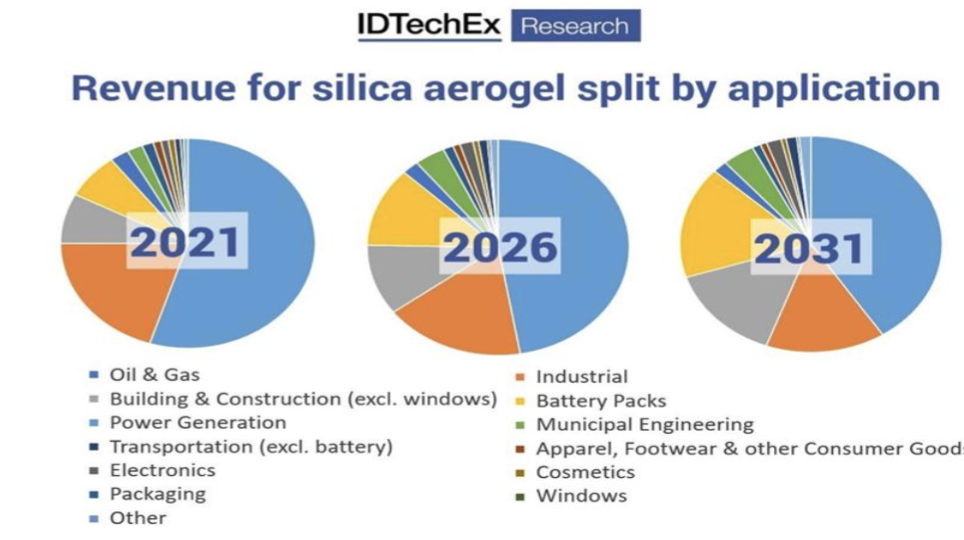
Aerogel Industry Overview
Aerogel was born in 1931, but it was not until the 1990s that foreign countries began to industrialize it.
However, due to the high cost of the drying process, early aerogels could only be used in aerospace military and petrochemical fields.
Domestic aerogel started relatively late, and the early market was occupied by foreign aerogel products with high prices and little marketing efforts.
In 2012, the first domestic 1000L supercritical carbon dioxide aerogel drying equipment was put into production, marking the large-scale production of areogel. After several technical iterations, the production cost was gradually reduced.
With the increase of domestic policies, the increase of domestic aerogel enterprises, the progress of technology and the continuous decline of costs, aerogel has entered a rapid development channel.
Aerogel is a solid material with a nanoporous network structure and filled with gas in the pores. This structure brings no convection effect, infinite baffle effect, and infinite long path effect.
The principle of heat insulation is that the uniform and dense nanopores and multi-level fractal pore microstructure can effectively prevent convection and reduce heat radiation and heat transfer.
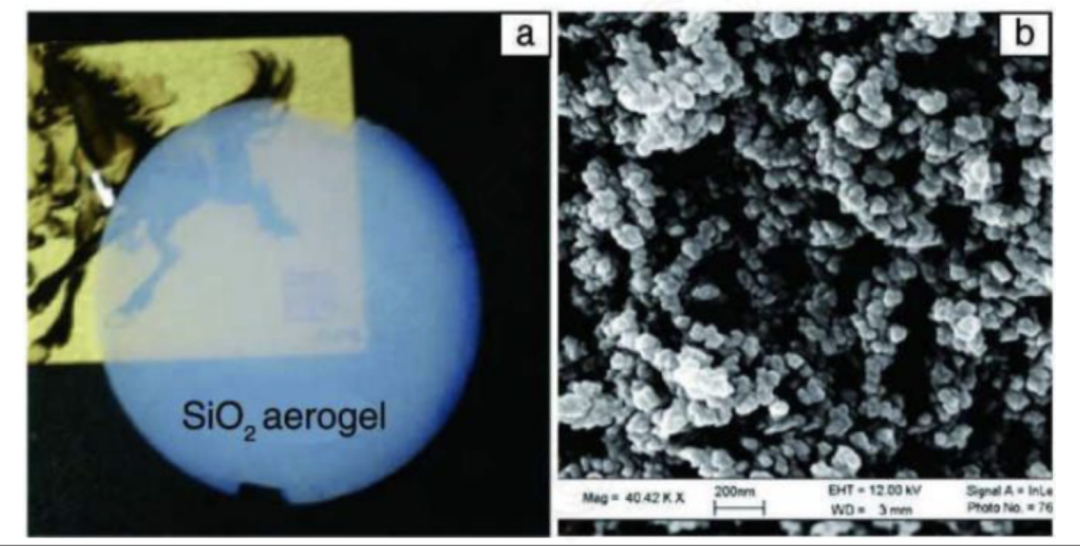
Compared with traditional thermal insulation materials, the thermal insulation performance is 2-8 times that of traditional materials, so the amount of aerogel used is less under the same thermal insulation effect.
The replacement cycle of aerogel is about 20 years, while the replacement cycle of traditional insulation materials is about 5 years, so the use cost of the whole life cycle is lower.
But its shortcomings are also very prominent. At present, the important factor restricting the application of aerogel in thermal insulation materials is the balance between raw material cost and service life.
According to Aspen aerogels data, material costs account for about 48% of the total cost, and manufacturing costs account for about 44%.
Specifically, the production cost of aerogel is mainly concentrated in the raw material silicon source, equipment depreciation and energy consumption. Among them, equipment depreciation and energy consumption cost account for about 60% of the total cost of the industrial chain. Effective cost reduction depends on the breakthrough of the preparation process on the one hand, and on the other hand through the large-scale industrialization of low-cost raw materials.
Therefore, the cost reduction of aerogel mainly starts from the drying cost and raw material cost.
Aerogel Industry Chain
The aerogel industry chain includes upstream aerogel precursors (inorganic silicon source and organic silicon source), midstream aerogel material products and aerogel production equipment, and downstream applications.
Upstream tetraethyl orthosilicate and functional silane are silicon sources; glass fiber felt or ceramic fiber felt is the matrix; aerogel midstream and downstream: aerogel substrate processing, using sol-gel technology to load the silicon source on the matrix, Then use the CO2 supercritical process to remove the impurities in the silica gel pores, further form a good microporous structure, and then carry out post-processing and sales to downstream customers.
Upstream: silicon source (precursor)
According to different compound structures and components, silicon sources can be divided into organic silicon sources and inorganic silicon sources.
Organic silicon sources include functional silanes such as methyl orthosilicate (TMOS) and ethyl orthosilicate (TEOS); inorganic silicon sources include silicon tetrachloride, sodium silicate, etc.
At present, the organic silicon source is the mainstream route, and the main related manufacturers include Chenguang New Materials, Hongbai New Materials, Xin'an Co., Ltd., Jinhong Gases, etc.
Among them, companies with significant cost advantages in the entire industry chain include Chenguang New Materials and Hongbai New Materials.
Chenguang New Materials is a leader in the functional silane industry, has the production capacity of tetraethyl orthosilicate, and has a significant cost advantage; The raw material is cut into the aerogel track, which has the advantages of the whole industry chain; Panya Microtrans is the domestic ePTFE leader, and it has acquired 60% equity of Dayin Xisheng to cut into the aerogel field.
Midstream: aerogel products
Aerogel material utilization is usually in the form of aerogel insulation boards, felts, mats and other composite materials. The aerogel material itself has low strength and high brittleness, and its direct use is limited. Therefore, it is usually compounded with organic polymers and fiber reinforced materials to prepare rigid and flexible insulation materials.
Commonly used composite materials include glass fiber, pre-oxidized wire, ceramic fiber, etc. In the specific use process, the outer surface of the aerogel composite material can also be coated with film materials, glass cloth, etc. to prevent the aerogel composite material from falling off and breaking, and further ensure its integrity to maximize the thermal insulation effect.
The main manufacturers of aerogel products include Nano Technology, Zhongke Runzi, Chenguang New Materials, Hongbai New Materials, Elyson, Audemars Piguet, Dongguan Sixiang, Jinna Technology, Jianghan New Materials, etc.
Midstream: Aerogel Devices
In the aerogel preparation process, the drying step is the most critical process.
Aerogel is prepared from inorganic silicon source or organosilicon source precursor, and wet gel is prepared by controlling solvent, temperature, catalyst, etc., and the wet gel is aged, modified and dried to obtain aerogel.
At present, the main technologies used in industrialization are supercritical drying technology and atmospheric pressure drying technology. Other technologies that have not yet been mass-produced include vacuum freeze-drying and subcritical drying.
Supercritical drying technology is the earliest technology to realize batch preparation of aerogel, and it is relatively mature, and it is also a technology widely used by aerogel enterprises at home and abroad. Supercritical drying can maintain the intact skeleton structure of the gel during the drying process.
Downstream: application side
With the support of policies, based on the huge market space of aerogel products, many companies have entered the aerogel industry, promoting the accelerated expansion of industry production capacity.
Enterprises such as Sinopec and PetroChina are the first to enter the field of oil and gas pipeline insulation.
In the field of power batteries, the top ten power battery manufacturers in the world, such as CATL, AVIC Lithium Battery, and Guoxuan Hi-Tech, all purchase aerogel products.

With the advancement of technology and the further scale of the industry, aerogel is expected to gradually replace traditional thermal insulation materials, especially in the field of industry and equipment. The industry as a whole will transition from the introduction period to the growth period, and the entire industry chain is expected to usher in development opportunities.
